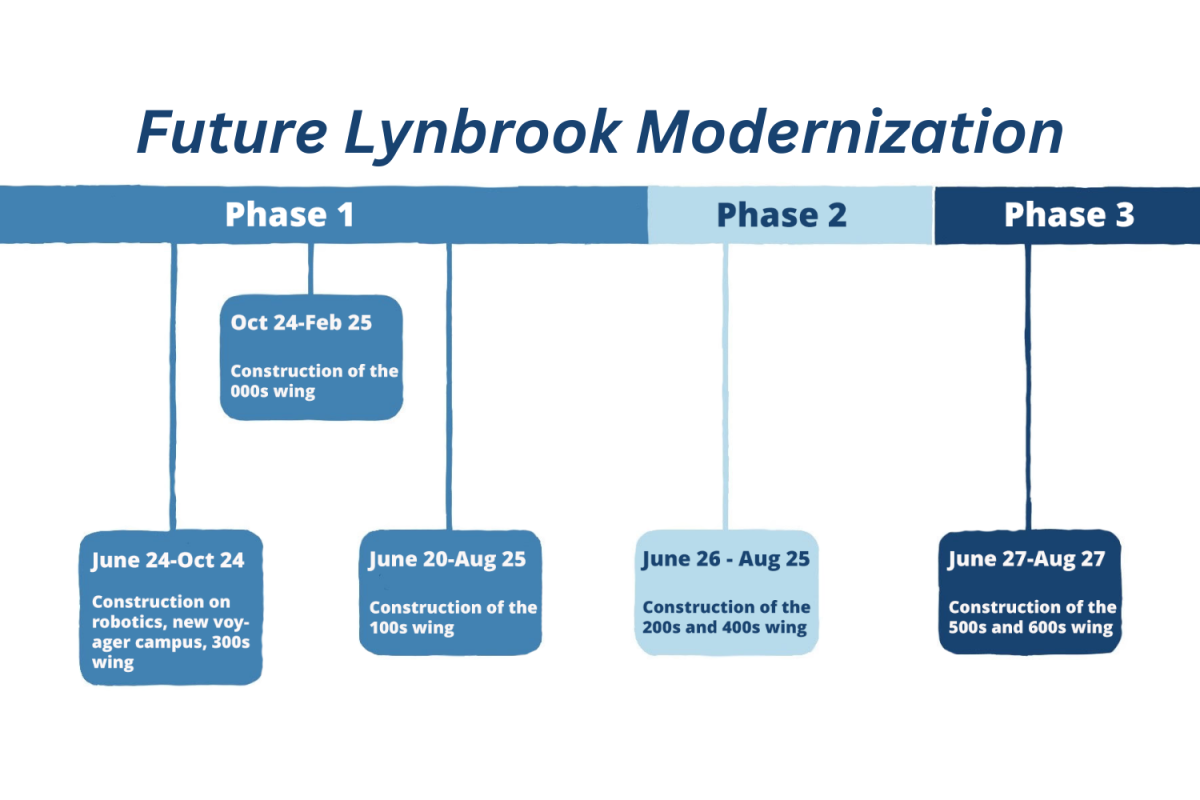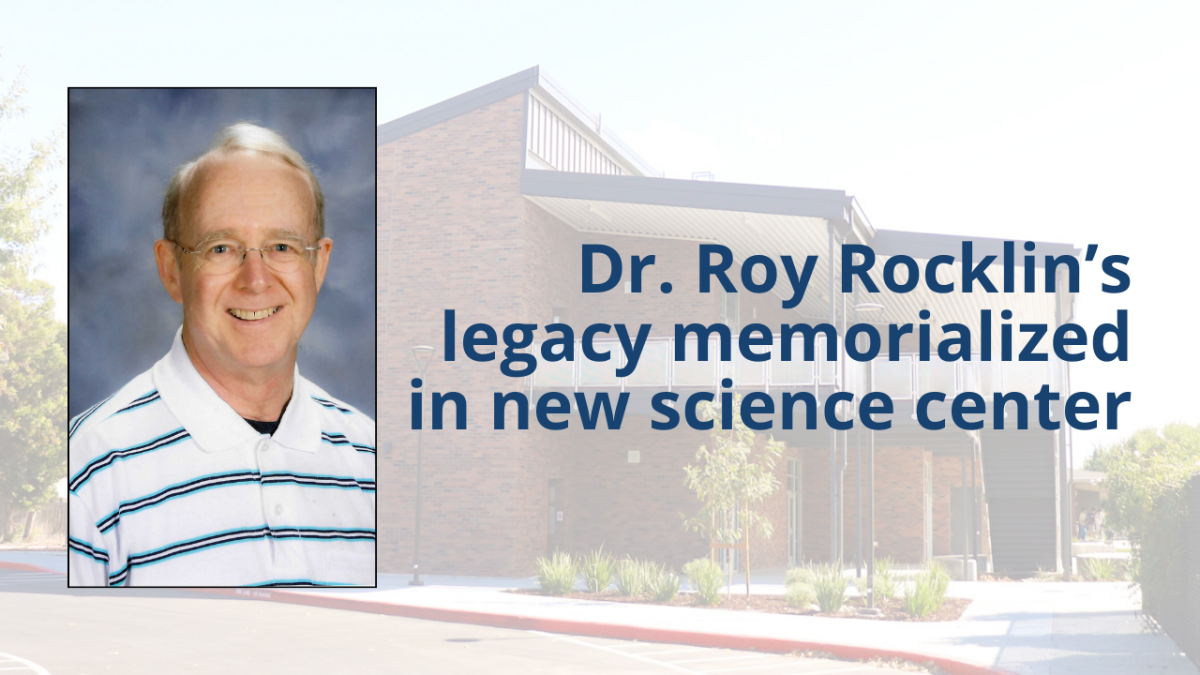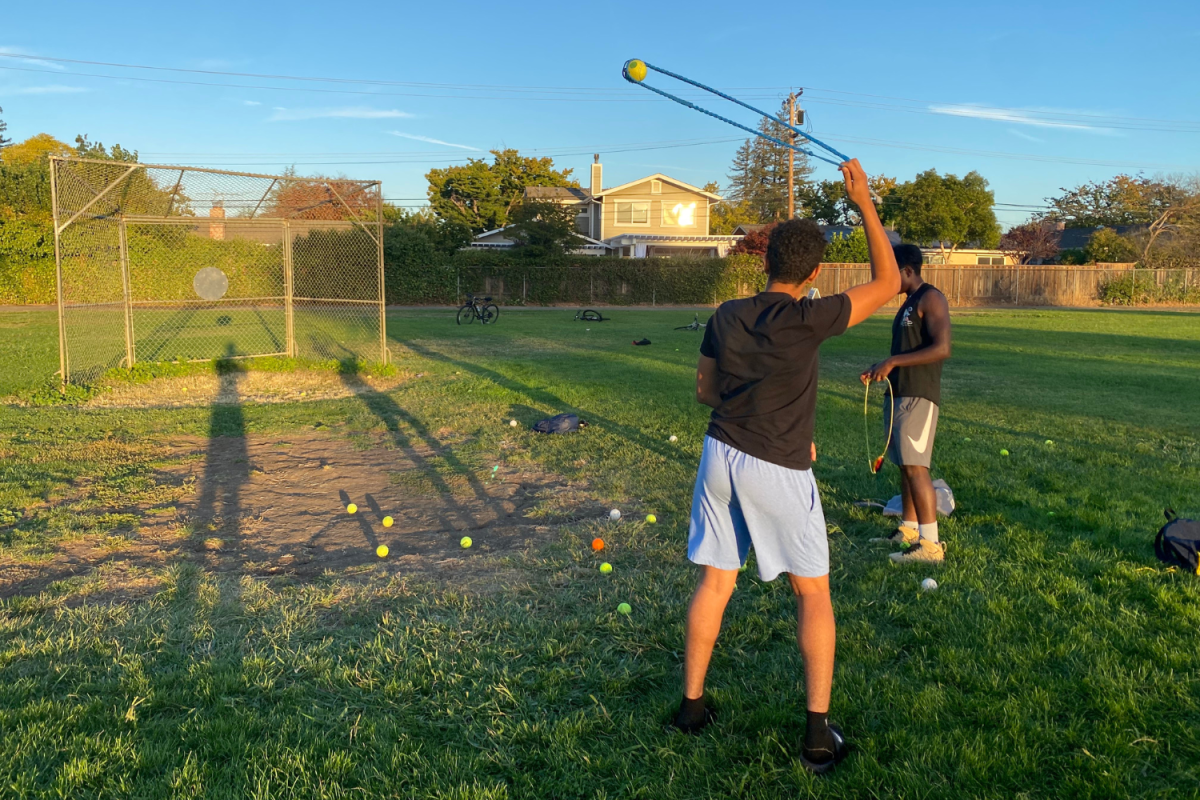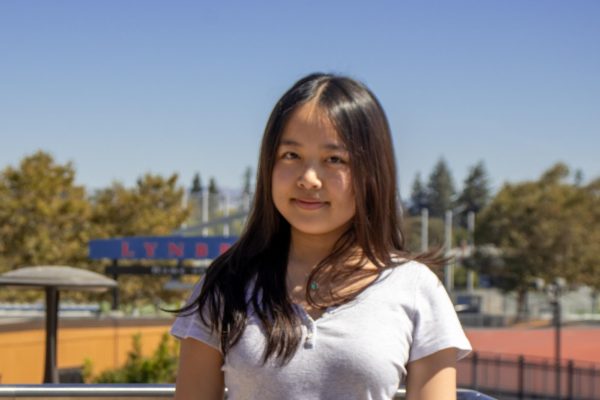Following the completion of the new Rocklin Science Center, Lynbrook has begun the early phases of expanding other facilities across the life science, business and computer science departments. Spaces that will be constructed or enlarged include lab spaces with updated infrastructure, a Robotics Makerspace and the Voyager Building.
In the summer of 2024, renovations for the 300s wing are set to begin. The 300s wing will be expanded by taking down walls and enlarging classrooms, resulting in fewer classrooms throughout the building. To compensate, the construction of the new Rocklin Science Center was recently completed to maintain the same number of classrooms.
“When you build a new classroom right now, it has to be at least 960 square feet,” Principal Maria Jackson said. “Our classrooms are about 740 square feet, so our goal is to make as many classrooms as we can 960 square feet.”
This will provide business and computer science classes with greater lab space since there’s currently only two computer labs on campus.
“I’ve always loved taking computer science classes here at Lynbrook, and it’s great to know that the labs are expanding to make the subject more accessible for our students and accommodating for our hardworking CS teachers,” senior Vipra Bindal said.
Another location on campus that will be going through construction is the Voyager building, a location used for students enrolled in a therapeutic special education program. The new Voyager building is scheduled for completion in 2024 and will serve as a multifunctional facility designed to foster learning in a safe setting. It is currently located next to the tennis courts and behind the pool.
“Right now, all of our students in the Voyager program are in portable classrooms that are very outdated,” Jackson said. “It would not be cost effective to fix them and get them repaired since they’ve exceeded their use expectancy which is why we’re building new facilities.”
Aside from classroom facilities, Lynbrook is also planning to create new facilities for the robotics team. Currently, robotics uses portable classrooms which are not equipped to meet all student needs. Because of this, robotics will soon have their own makerspace and building for workshops and training. They are currently considering the location of the entrance of the makerspace to be by the new Voyager building and are still in the process of designing the infrastructure. Construction will be started in 2024 and is expected to finish by 2025.
“With this robotics space, we can all maintain and improve the performance of not just the robotics teams, but also our rankings among STEM programs,” senior and Robotics Club President Celine Li said.
Most of the current construction projects are scheduled to be built over summer. However, if any delays take place, teachers may have to share rooms until the classrooms are finished. School administration is approaching future construction plans with care to create minimal disruptions for students.








































































